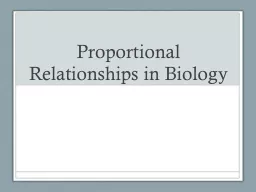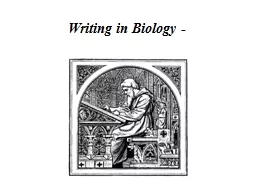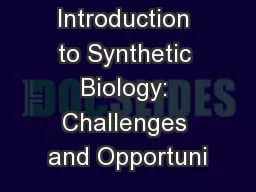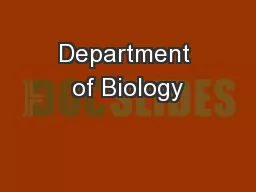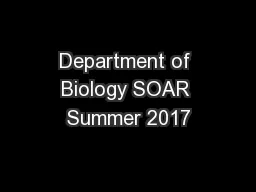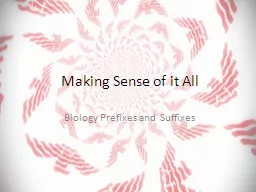PDF-Current Biology Vol 19 No 5
Author : samantha | Published Date : 2022-08-24
of 6168 Dutch Europeans from the Rotterdam Study 16 676 of the population sample had blue eyes 228 brown eyes and 96 neither blue nor brown and categorized as
Presentation Embed Code
Download Presentation
Download Presentation The PPT/PDF document "Current Biology Vol 19 No 5" is the property of its rightful owner. Permission is granted to download and print the materials on this website for personal, non-commercial use only, and to display it on your personal computer provided you do not modify the materials and that you retain all copyright notices contained in the materials. By downloading content from our website, you accept the terms of this agreement.
Current Biology Vol 19 No 5: Transcript
Download Rules Of Document
"Current Biology Vol 19 No 5"The content belongs to its owner. You may download and print it for personal use, without modification, and keep all copyright notices. By downloading, you agree to these terms.
Related Documents


